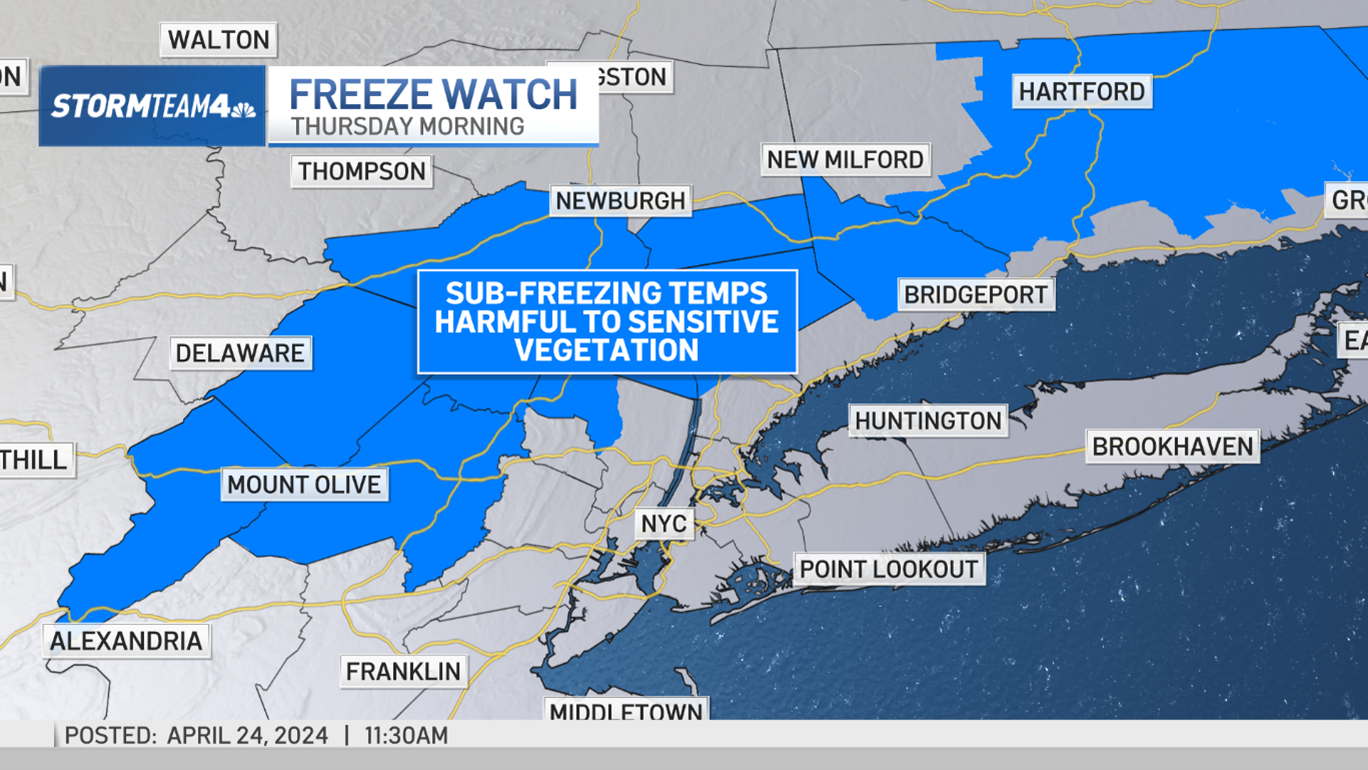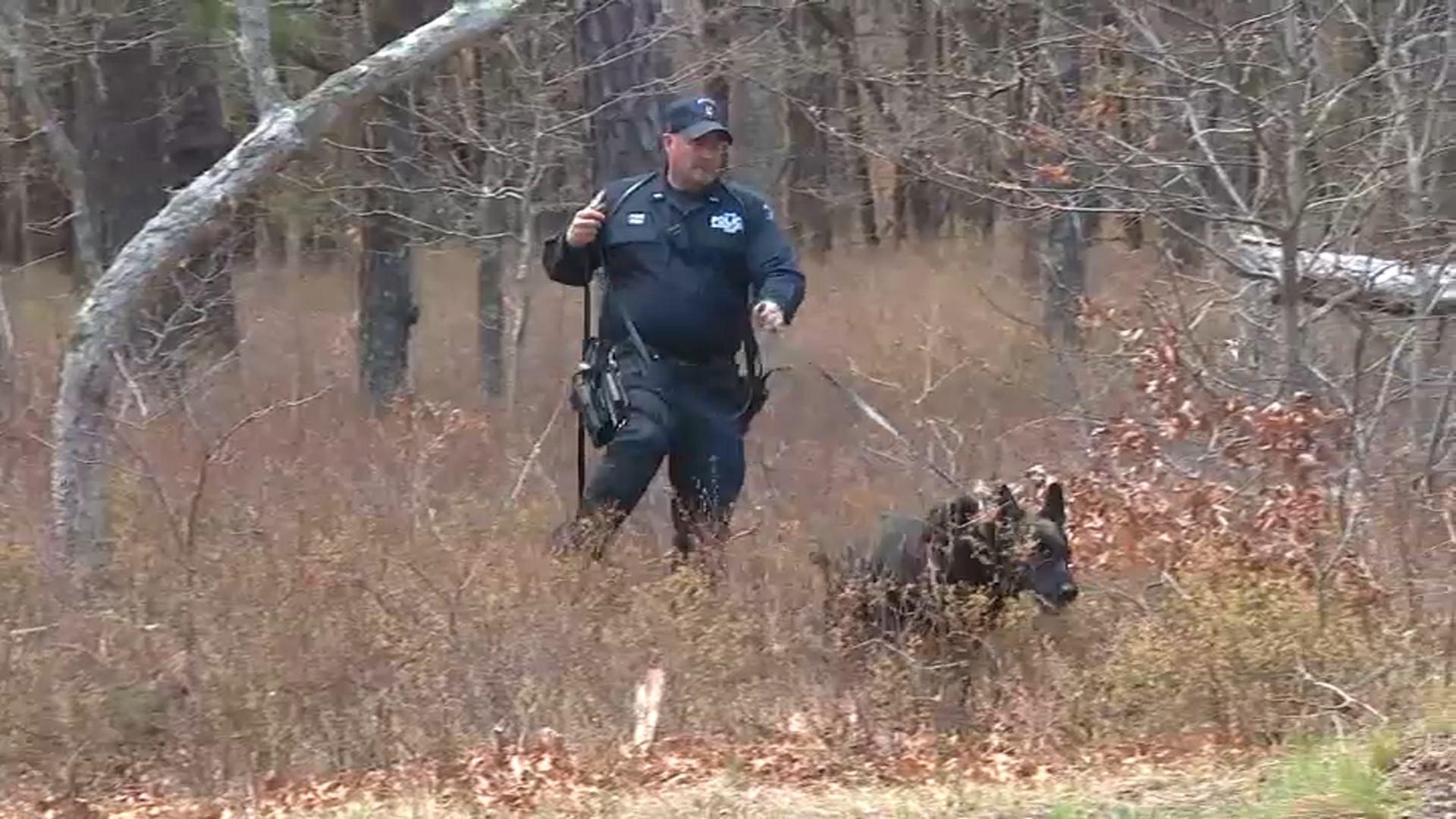A crane company owner was indicted on manslaughter and other charges stemming from the collapse of one of his 200-foot rigs that killed two workers in 2008, prosecutors said Monday.
The indictment names James Lomma and two of his companies, New York Crane & Equipment Corp. and J.F. Lomma Inc. Tibor Varganyi, a former mechanic, with New York Crane & Equipment also was indicted.
At their arraignment in state Supreme Court in Manhattan, both men pleaded not guilty to the charges, which also included criminally negligent homicide, assault and reckless endangerment. Lomma was given a week to pay $100,000 cash bail and was released. Varganyi was released without bail. Their next court appearance was scheduled for April 6.
Both men and their lawyers declined comment.
"What occurred here was an accident — a tragedy and not a crime," Paul Shechtman, attorney for the companies, said outside court.
The charges represent the first criminal fallout from the incident, which heightened fears about high-rise construction in the city. The giant rig collapsed and smashed into a Manhattan apartment building little more than two months after another crane — also owned by Lomma's company — collapsed in Midtown and killed seven people.
Manhattan District Attorney Cy Vance said today the tragedy was the result of "green and recklessness motivated by profit." He added that the indictment "sends a message to construction companies that put profit before safety."
"Failing to keep the crane operational would have cost the defendants about $50,000 a month in rental fees, a price the defendants must have felt was too much to pay," he said. "Today, two families are paying a much greater price."
The crane snapped and fell apart while workers were building a 32-story condominium building on E. 91 st St. on the Upper East Side. The collapse killed the crane operator, Donald C. Leo, 30, and another worker, 27-year-old Ramadan Kurtaj. A third construction worker was seriously hurt, and the plunging crane destroyed a penthouse apartment across the street and sheared balconies off the apartment building.
City and federal investigators have focused on a failed weld on the crane's turntable, which helps the rig swivel and change direction. City buildings officials approved putting the crane back in service with the repaired turntable, but authorities say the company misled inspectors about testing on the part.
The turntable had been removed in May 2007 from another crane because it was cracked; New York Crane & Equipment had a welding company repair it, and then installed it in the crane that collapsed, the company's insurer has said.
New York Crane hired a Chinese company to do the weld despite a warning from the company that its welding wasn't good, according to lawsuits filed by the slain workers' families. The Chinese firm had agreed to do the work for a sixth of the price and twice as fast as an Ohio bidder, according to the ongoing lawsuits.
"My son was killed for one reason and one reason only: greed," Leo's father and fellow crane operator Donald R. Leo said in a statement released Friday by his lawyer, Bernadette Panzella.
Local
Shechtman said Lomma's companies had bought the replacement part from a "reputable company" in China and had the turntable thoroughly inspected before using it.
As for prosecutors' allegations that the crane owners misled buildings officials about the part, he said the companies engaged in "no deceit whatsoever towards anyone."
The father applauded the expected charges against Lomma. "It might finally be the beginning of paying real attention to the safety of workers who risk their lives to feed their families so that other people can line their pockets with money off their high-risk construction projects," he said.
Since the crane collapses, the Buildings Department has increased training requirements for crane operators and inspectors, expanded inspectors' checklists from 35 items to more than 200, and required engineers sign off on rigging plans, among other steps.
While more than 20 of the tall rigs known as tower cranes are currently at work around the city, "all of these cranes have been subject to our increased requirements," agency spokesman Tony Sclafani said Friday.



